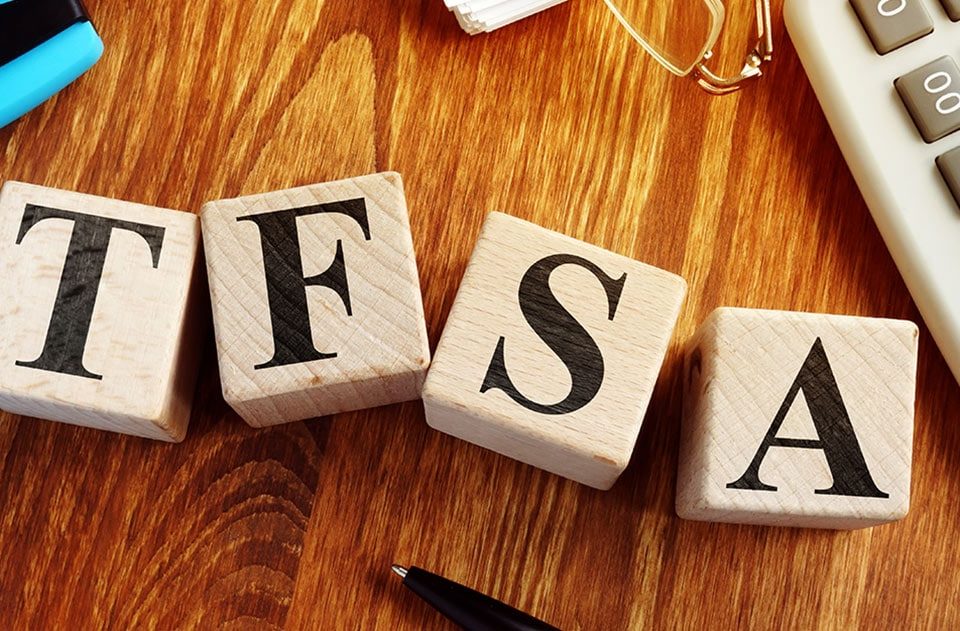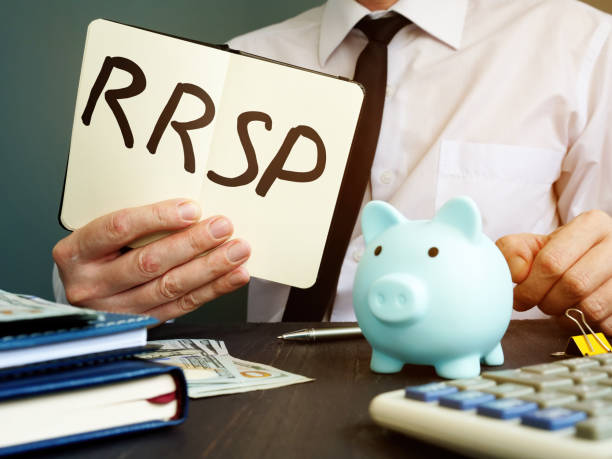Taxation of RRSP and TFSA plans

RRSP
To find out which savings plan or plan combination is best for you, savers should always consider their own circumstances and aim for rational personal goals.
The Registered Retirement Savings Plan (RRSP) is designed to help Canadians build capital to provide themselves an income on the day of their retirement.
Contributions to the Registered Retirement Savings Plan are deductible from taxable income.
The contribution and income from the RRSP investments are taxed on withdrawal. Withdrawals from the Registered Retirement Savings Plan are perceived as income and will also need to be added to your tax return.
RRSP withdrawals or RRIFs (registered retirement income fund) can also affect eligibility for the federal Guaranteed Income Supplement (GIS) benefits and old-age pension, as the latter are calculated based on Canadians taxable income. Withdrawals may also, depending on the reported income, influence eligibility for other tax credits offered by both federal and provincial government.
TFSA
The Tax-Free Registered Account (TFSA) is also a vehicle to stimulate savings and contributions made in this plan come from earned income net of tax and are not deductible from taxable income.
On the other hand, as the name describes it, contributions and investment income in this plan are tax-exempt. Any capital gains, dividends or interest paid within the TFSA can be withdrawn tax-free.
When there are one or more withdrawals in the TFSA plan, they have no impact on taxable income, nor on the eligibility for federal benefits, such as the Guaranteed Income Supplement (GIS), on the old age pension or any other tax credit offered by both provincial and federal government.
All Canadians who place their money in an unregistered account should first consider contributing to a Tax Free Savings account.
The comments contained herein are a general discussion of certain issues intended as general information only and should not be relied upon as tax or legal advice. Please obtain independent professional advice, in the context of your particular circumstances. This video was designed and produced by Flavio and Violetta Vani, an Investment Funds Advisor with Investia Financial Services Inc., and does not necessarily reflect the opinion of Investia Financial Services Inc. The information contained in this article comes from sources we believe reliable, but we cannot guarantee its accuracy or reliability. The opinions expressed are based on an analysis and interpretation dating from the date of publication and are subject to change without notice. Furthermore, they do not constitute an offer or solicitation to buy or sell any securities. Mutual Funds are offered through Investia Financial Services Inc. Commissions, trailing commissions, management fees and expenses all may be associated with mutual fund investments. Please read the prospectus before investing. Mutual funds are not guaranteed, their values change frequently, and past performance may not be repeated





